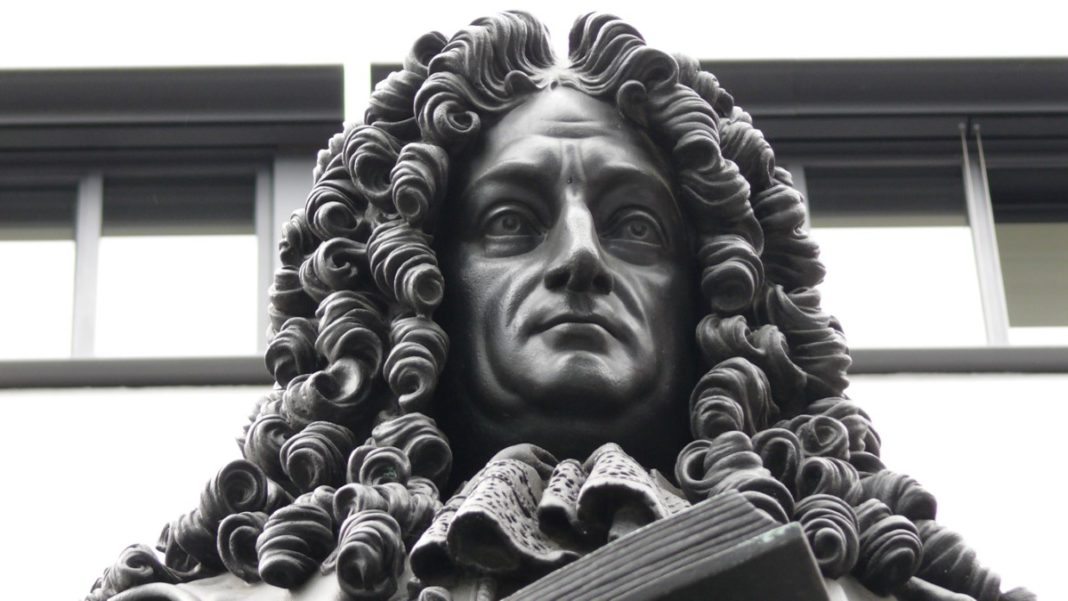GERMANY: In philosophical thought, German polymath Gottfried Wilhelm Leibniz introduced a concept that has captivated thinkers for centuries: Leibniz’s Worlds. This intriguing theory offers a unique perspective on the nature of reality and the existence of an infinite number of distinct and harmonious worlds.
Leibniz, a prominent figure in 17th-century philosophy and mathematics, proposed that our world is just one among countless others that coexist independently.
These individual worlds, or monads, are self-contained entities that possess their own unique set of properties and experiences.
According to Leibniz, each monad is interconnected with the others, forming a vast network that mirrors a grand cosmic symphony.
At the heart of Leibniz’s philosophy is the principle of sufficient reason, which states that everything in the universe has an explanation or a reason for its existence.
Each self-contained monad represents a distinct version of reality with its own set of reasons and explanations for its existence. Leibniz’s Worlds, therefore, explain the existence of a multitude of harmonious realities, each with its own self-sustaining order.
Leibniz’s theory of monads is often likened to a metaphysical ecosystem, where every monad contributes to the overall harmony and coherence of the entire system.
Just as the various components of an ecosystem rely on one another for balance, the monads in Leibniz’s Worlds are intricately connected, each playing its unique role in maintaining the cosmic symphony.
While Leibniz’s Worlds remain a philosophical construct, they have inspired debates and discussions across disciplines, including philosophy, mathematics, and physics.
Some scholars have drawn parallels between Leibniz’s theory and the concept of the multiverse, a cosmology hypothesis suggesting the existence of multiple universes with varying physical laws and properties.
Exploring Leibniz’s Worlds has also found resonance in contemporary scientific discourse. Quantum mechanics, for instance, offers intriguing insights that resonate with Leibniz’s ideas.
The theory of wave-particle duality, which suggests that elementary particles exhibit particle-like and wave-like behaviours, raises questions about the existence of multiple potential realities coexisting simultaneously.
Furthermore, the concept of superposition in quantum mechanics, where particles can exist in multiple states until measured or observed, hints at a multiplicity of possibilities akin to Leibniz’s Worlds.
Some physicists propose that each possible outcome corresponds to a different reality, suggesting a connection to Leibniz’s notion of distinct yet interconnected worlds. While Leibniz’s Worlds may remain a subject of philosophical speculation, it influences various fields of study.
From stimulating discussions on the nature of reality to inspiring scientific inquiries into the fabric of the universe, Leibniz’s theory continues to captivate the imaginations of scholars and thinkers.
The exploration of Leibniz’s Worlds invites us to ponder the nature of existence, the interconnectedness of all things, and the possibility of vast realms of harmonious realities.
Although we may never fully grasp the extent of Leibniz’s vision, pursuing understanding and contemplating the mysteries pushes the boundaries of human knowledge and expands our intellectual horizons.
Also Read: Understanding the Unruh Paradox: The Inexplicable Conundrum of Acceleration and Quantum Physics



